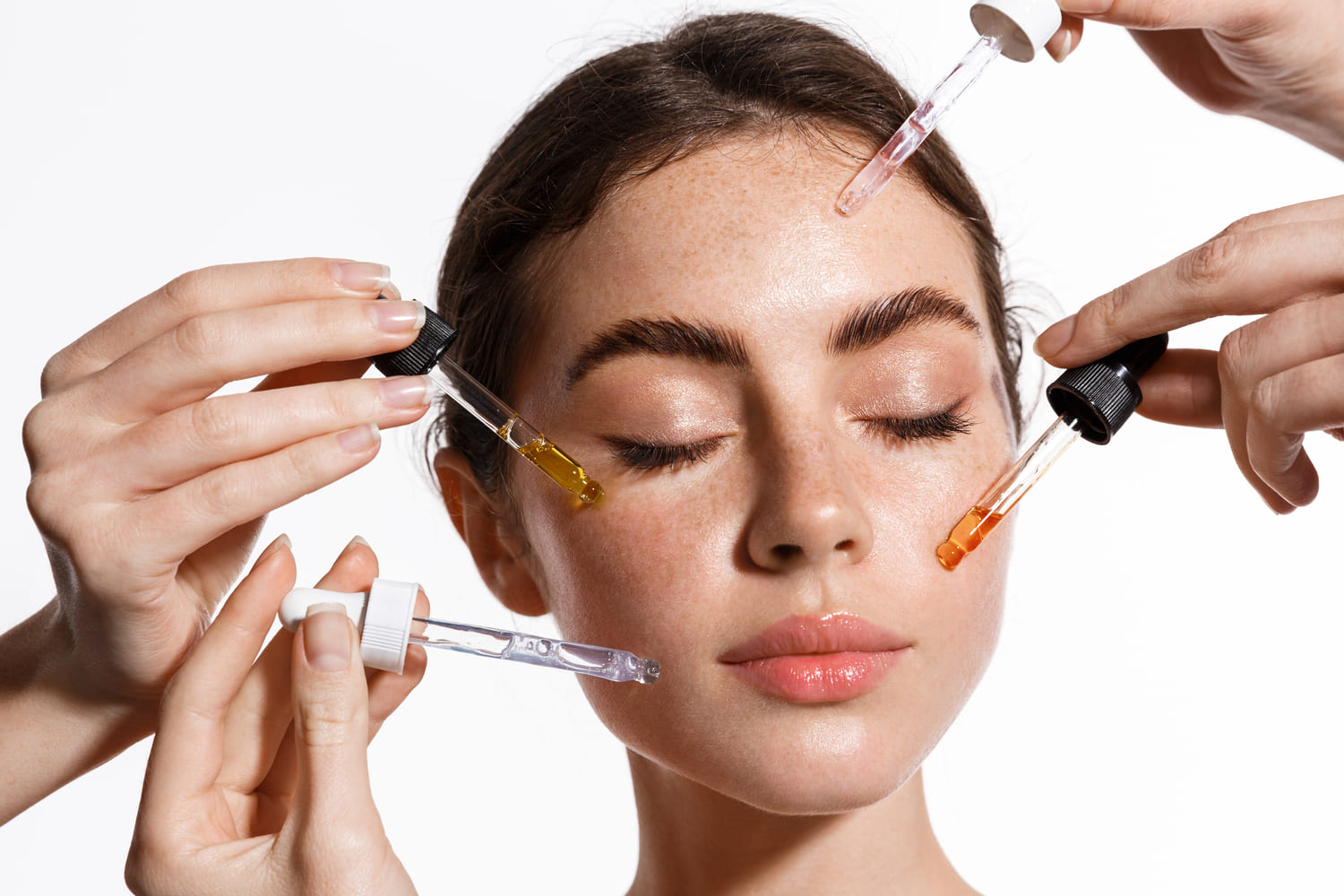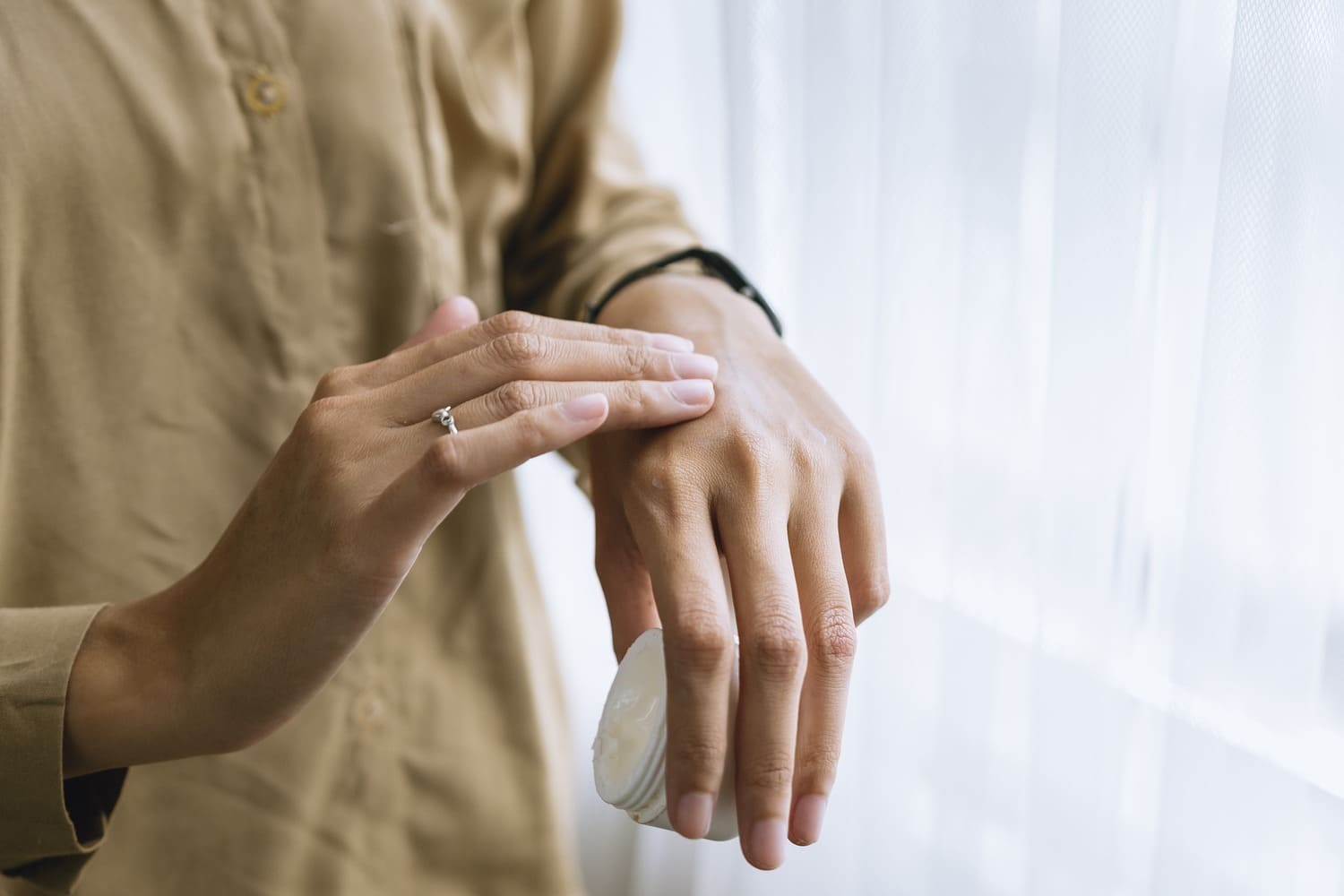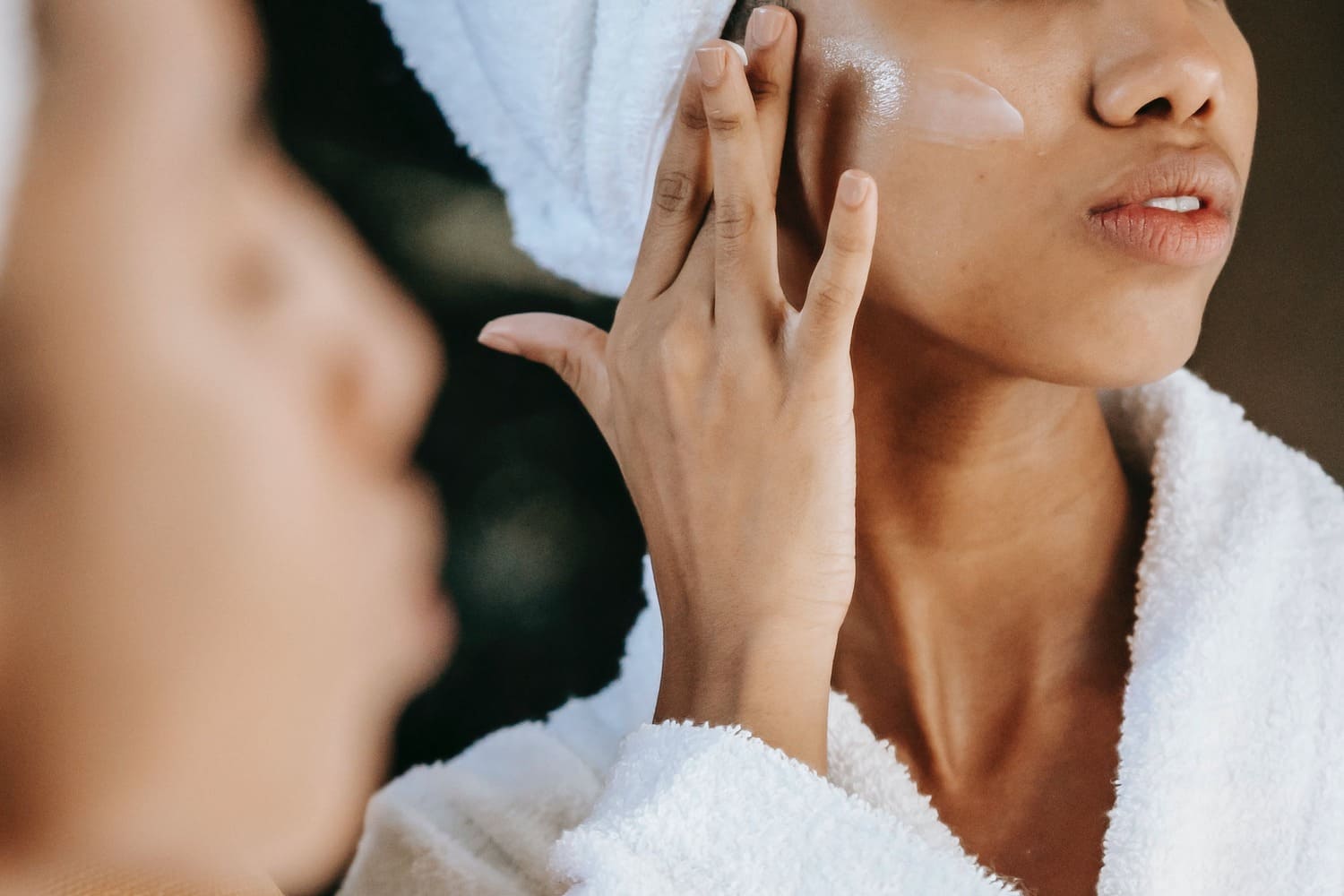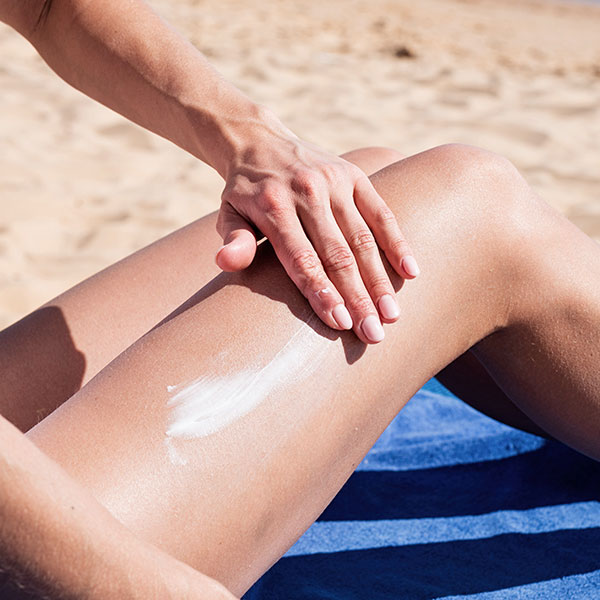Acids are an essential part of cosmetics, especially when it comes to caring for the health and appearance of the skin. Below, we will explore the different types of acids for the skin, their functions, what they are used for, and the benefits they offer. If you are looking for information on how to improve the health of your skin, with Toskani you are in the right place.
What is meant by acid in cosmetics?
Before delving into the types of acids for the skin, it is important to understand what is meant by “acid” in cosmetics. In this context, acids are chemical compounds that can have exfoliating, moisturizing, or both properties, depending on the type of acid. These acids are used in skin care products to treat specific problems such as acne, hyperpigmentation, wrinkles, and dryness.
Types of acids for the skin: what are their functions?
There are numerous types of acids for the skin, each with its own functions and benefits:
Salicylic acid
Salicylic acid is widely known for its exfoliating properties and its ability to penetrate pores, making it an effective ingredient for treating acne and blackheads. It also helps reduce inflammation and improve skin texture. In addition, salicylic acid can be beneficial for people with oily or acne-prone skin, as it controls sebum production.
Glycolic Acid
Glycolic acid is an alpha hydroxy acid (AHA) known for its ability to exfoliate the top layer of skin. This helps remove dead skin cells, improving the appearance of dull skin and promoting cell renewal. Glycolic acid can also reduce the appearance of wrinkles and fine lines, as well as smooth skin texture. It is ideal for those seeking younger, more radiant skin.
Lactic Acid
Lactic acid is known for its ability to smooth and brighten the skin and reduce wrinkles. Because it has larger molecules than other acids, it is best suited for more sensitive skin as it penetrates less deeply.
Mandelic Acid
This acid has the largest structure compared to other alpha hydroxy acids, making it the least aggressive and best tolerated of all, as it penetrates the skin more slowly and less deeply. Thanks to its composition, it offers an antibacterial effect, reduces uneven pigmentation, and improves skin luminosity.
Hyaluronic acid
Unlike other acids, hyaluronic acid is known for its moisturizing properties. This acid is capable of retaining large amounts of water, which means it can provide intense hydration to the skin. By keeping the skin hydrated, hyaluronic acid can help reduce the appearance of fine lines and wrinkles, as well as improve skin elasticity. It is an essential ingredient for those seeking smooth, well-hydrated skin.
In short, skin acids play a crucial role in skincare and can address a variety of concerns, from acne to aging. However, it’s important to remember that not all acids are suitable for all skin types, so it’s advisable to consult a dermatologist or skin care professional before incorporating acid-based products into your skin care routine. With the right guidance, you can reap the full benefits of these powerful ingredients.








